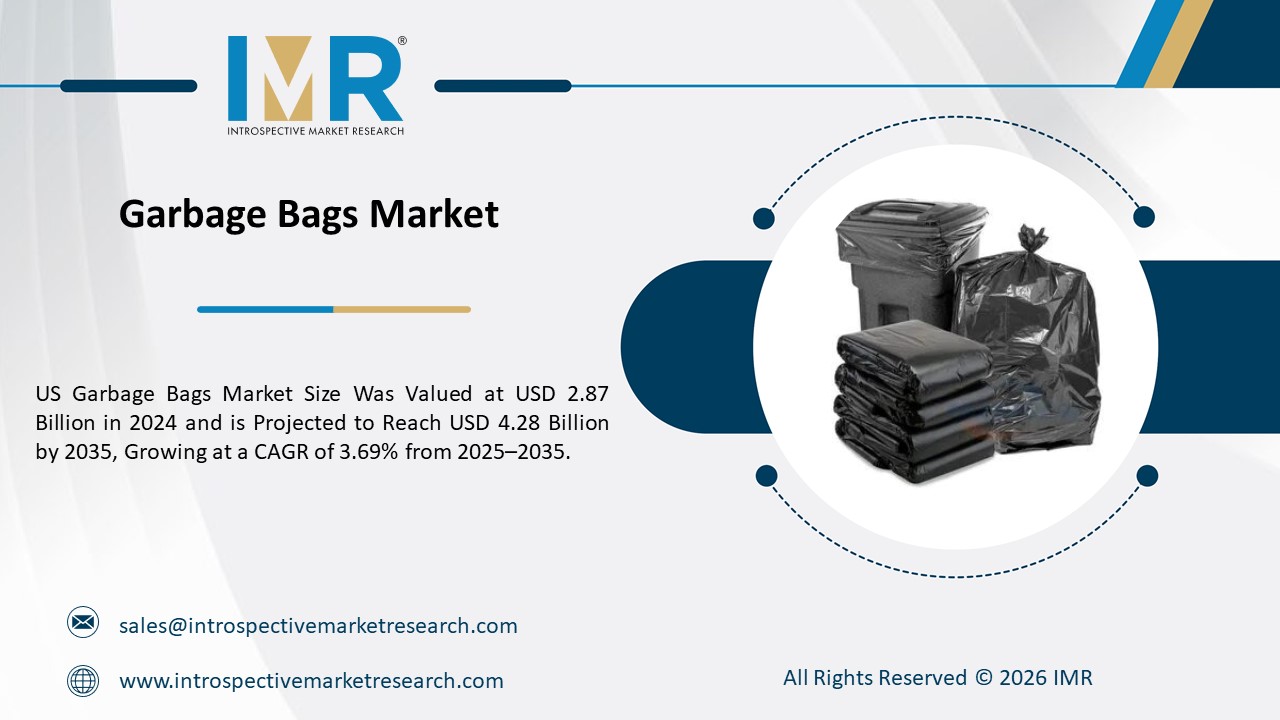Direct to Card Printer Market
According to a new report published by Introspective Market Research, titled, ?Direct to Card Printer Market by Type, Technology Application, End-User: Global Opportunity Analysis and Industry Forecast, 2024?2032,?
the Global Direct to Card Printer Market Size Was Valued at USD 803.4 Million in 2023, and is Projected to Reach USD 1170.49 Million by 2032, Growing at a CAGR of 4.27% From 2024-2032.
A direct Card Printer is a card printer that is used to print various plastic cards such as identification cards, access cards, membership cards, and payment cards. Unlike retransfer printers, which print on film before transferring the image to the card, direct card printers print images directly onto the card surface. These printers typically use dye sublimation or heat transfer printing techniques to create high-quality, full-color images and text on cards.
Direct Card Printers are typically used by organizations and institutions that require plastic cards to be printed on demand. Known for their ease of use, reliability, and relatively fast print speed, they are suitable for applications where cards must be produced quickly and efficiently.
According to the global Direct Card Printer Market is segmented into Type, Technology, Application, End-User, and region. By Type, the market is categorized into Single-sided Printing and Double-sided Printing. By Technology, the market is categorized into Dye Sublimation (DS), Retransfer, Direct Transfer, and Thermal Resin. By Application, the market is categorized into Security and ID Cards, Financial Cards, Membership and Loyalty Cards, Transportation Cards, and Healthcare Cards. By End-User, the market is categorized into (Enterprise, School, Government, and Commercial. By region, it is analyzed across North America (U.S.; Canada; Mexico), Eastern Europe (Bulgaria; The Czech Republic; Hungary; Poland; Romania; Rest of Eastern Europe), Western Europe (Germany; UK; France; Netherlands; Italy; Russia; Spain; Rest of Western Europe), Asia-Pacific (China; India; Japan; Southeast Asia, etc.), South America (Brazil; Argentina, etc.), Middle East & Africa (Saudi Arabia; South Africa, etc.).
Organizations are prioritizing security measures to reduce risk and protect sensitive data, and the demand for secure IDs, access cards, and financial cards is increasing. This trend is particularly evident in sectors such as government, finance, and healthcare, where strict security protocols and regulatory compliance require the use of advanced card printing solutions. ? These printers support smart card encoding, magnetic stripe encoding, and holographic overlays that improve card security and authentication. DTC printers provide configurable data security features, allowing organizations to customize cards to meet their security requirements. The flexibility and adaptability of DTC printers make them invaluable tools in industries where security is critical, increasing adoption and driving market growth.
The use of contactless payments and secure access solutions is growing. Consumers and organizations are increasingly choosing more convenient and secure payment methods, resulting in demand for direct-to-card (DTC) printers that embed chips and other secure elements into cards. Is growing This trend encourages the use of DTC printers with advanced coding capabilities to create contactless cards with advanced security features. With the continuous expansion of digital payment ecosystems and increasing emphasis on security, the demand for contactless cards in various industries is expected to continue to grow. As a result, DTC printer manufacturers are innovating to meet this demand by developing printers with advanced coding capabilities that are compatible with multiple card materials, enabling high-quality contactless cards tailored to specific security needs.
Global Direct-to-Card Printer Market, Segmentation
The direct-to-card printer market is segmented based on Type, Technology Application, End-User, and region.
Type:
The type segment is further classified as Single-sided Printing or double-sided Printing. Among these, the Single-sided Printing sub-segment accounted for the highest market share in 2023. Single-sided printing is a cheaper option, making it more accessible to businesses with limited budgets or who only need basic card printing capabilities. Due to their low cost, single-sided printers are particularly popular among small and medium-sized businesses and organizations that want to implement simple ID cards or pass systems without significant expense. ID cards, access cards, loyalty cards, and visitor badges are just a few of the many card types that can be efficiently produced with single-sided printers. This versatility ensures that single-sided printing solutions are in constant demand across a wide range of industries, including corporate, education, healthcare, and retail.
Application:
The Application segment is further classified into Security and ID Cards, Financial Cards, Membership and Loyalty Cards, Transportation Cards, and Healthcare Cards. Among these, the Security and ID Cards sub-segment is anticipated to show the fastest growth by 2032. The market for direct card printers is growing, and security and IDs are at the forefront due to the high demand for government IDs, employee cards, student cards, and other IDs in various industries. Organizations are prioritizing security measures and identity management, and the demand for reliable and efficient card printing solutions is increasing, driving the market for direct card printers. Government agencies, educational institutions, and companies need high-quality IDs to verify identity and control access to sites. The growing emphasis on security in the public and private sectors is increasing the demand for advanced features such as biometric coding and anti-knock printing, which is driving the use of direct-to-card printers.
Region:
The direct-to-card printer market in North America is projected to show the fastest growth by 2032. North America currently dominates the direct carton printer market due to its well-established infrastructure and early technology adoption. The United States and Canada are the most prominent players in this region due to their developed industrial landscape and strong technological innovation. These countries have strong economies and large production capacities, which favors the development and implementation of the latest card printing solutions. Their stringent security standards and regulatory frameworks are increasing the demand for advanced identification and access control systems, which is boosting the growth of the market. Government agencies, educational institutions, and business organizations in the region are prioritizing investment in advanced card printing technologies to ensure secure access and authentication processes.
Some of The Leading/Active Market Players Are-
- HID Global (US)
- Entrust Datacard (US)
- Zebra Technologies (US)
- Smartrac Technology, Inc. (US)
- Unisys (US)
- Matica (US)
- Evolis (France)
- Magicard (Germany)
- Olivetti (Italy)
- Nisca (Japan)
- Nissin Seiko (Japan)
- Brother (Japan), and Other Active Players
Key Industry Developments
- In October 2023, Evolis launched its retransfer card printer. The world leader in direct-to-card printing introduces its retransfer card printer, which is entirely designed and manufactured at its Beaucouz? facility in France. With this new product, Evolis hopes to increase its market share by 20% in four years.
- In September 2023, HID Global acquired Evolis, a French ID card printer company. ASSA ABLOY acquired approximately 98.5 percent of the shares of Evolis S.A., a Euronext Growth company listed in Paris and the leading French manufacturer of ID card printers and consumables, through its subsidiary HID Global SAS ("HID").
Key Findings of the Study
- The global direct-to-card printer market, valued at USD 803.4 million in 2023, is projected to reach USD 1170.49 million by 2032, growing at a CAGR of 4.27% from 2024 to 2032.
- Direct card printers, known for their ease of use, reliability, and fast print speed, are widely used in various industries for printing identification, access, membership, and payment cards using dye sublimation or heat transfer techniques.
- The market is segmented by type (single-sided and double-sided printing), technology (dye sublimation, retransfer, direct transfer, and thermal resin), application (security and ID cards, financial cards, membership and loyalty cards, transportation cards, and healthcare cards), and end-user (enterprise, school, government, and commercial).
- North America, particularly the United States and Canada, is expected to show the fastest market growth by 2032, driven by stringent security standards, regulatory frameworks, and strong technological innovation.






